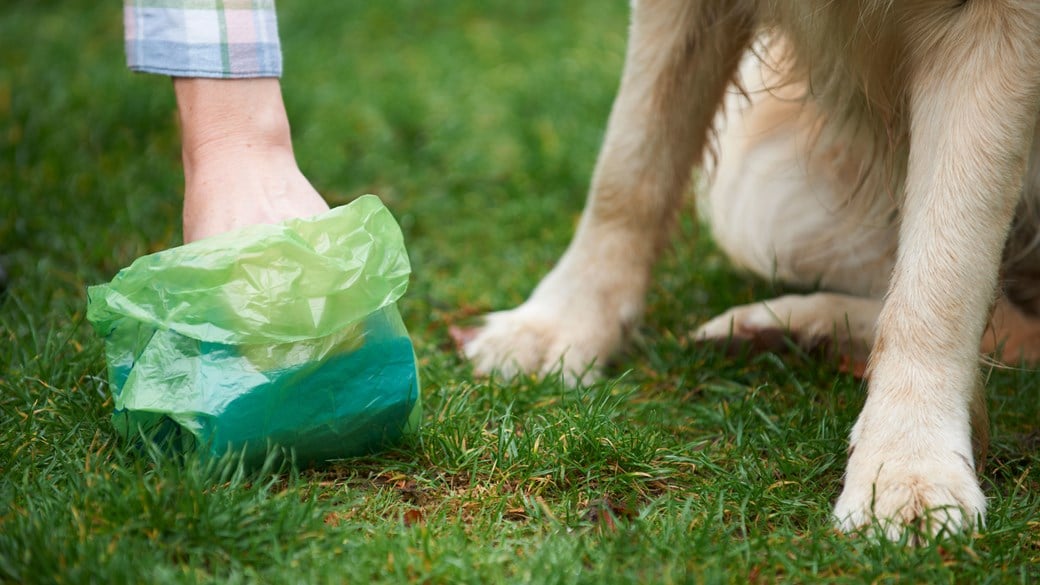
How to tell if your dog's poo is healthy
Explore the differences in healthy vs unhealthy dog stool, and the signs to look out for to indicate your dog needs to see a vet.
As a dog owner, you’ll spend a lot of time picking up after your dog. So, naturally, you’ll be familiar with their poop. But what can your dog’s poop tell you about their health? What should dog or puppy poo look like? And how can you tell when something’s wrong? It might seem a bit of an unusual thing to take a deep dive into, but your dog’s poo can reveal a lot about how they’re doing.
What should healthy dog poo look like?
When you pick up after your dog, you get a quick insight into your dog’s health. It’s a great idea to pay attention to the appearance and frequency of your dog’s poop as it can give you an early warning when something isn’t right.
Normal dog poo contains all the indigestible components of your dog’s diet, plus some digestive system secretions.
Things to look for
The colour of dog poo is determined by two main factors: the diet and the dog’s health. Your dog’s poop will be individual to them, so you’ll come to know what is normal in colour, consistency, shape and frequency.
For most dogs, the colour of their poop will be somewhere between a mid- and chocolatey-brown. If they’re being fed a white meat- or fish-based diet, their poo will be lighter, and if their food contains colouring, this may show in their poop. Dogs who are fed a varied diet might have slightly different poop on any given day.
When your dog’s digestive system is working normally, they’ll produce little ‘logs’ of poop. Pebble-like poo might mean your dog hasn’t been drinking enough, while long ‘sausages’ are sometimes produced when the poop is a bit soft.
When you pick up after your dog, their poos should maintain their shape and should be easy to collect. Once in the bag, they should be squidgy enough for your finger to make an indentation in them. If it’s difficult to separate your dog’s poop from the grass in the park, it’s probably too loose.
The size of the poops your dog produces will reflect how much indigestible material, i.e. fibre, they have eaten. This will be individual to your dog and there will be a little variation, depending on what they’ve eaten. If they’ve had extra food, they could produce a particularly large amount in one go. On the other hand, if they’ve been running around excitedly and have passed more than one lot of poop during the same walk, they might just produce a small volume. The size of the actual logs shouldn’t vary much though.
Of course, dog poop always smells! But you’ll become familiar with what’s normal for your dog. The smell of your dog’s poop usually depends on their diet but if they aren’t feeling 100%, it might affect the smell, as well as the appearance of their poop. A sudden change to really stinky poop could mean that your dog has eaten something that doesn’t agree with them, or that they’ve picked up a bug.
How to tell if something is wrong with your dog's poo
A change in your dog’s bowel habit or in the appearance of their poop can sometimes be a heads-up that something’s not right. Once you know what’s normal for your dog, you’ll be well-placed to spot the difference. If you’re concerned about what you’ve noticed, ask your vet to examine your dog – you’ll be able to provide some very useful information by knowing what’s changed.
If your dog's poop has changed colour
Sometimes, a dog’s poo changes colour even when their diet has stayed the same. This could be a sign of an underlying problem. If you notice something unusual about your dog’s poop and you make an appointment with your vet, collect a few small samples of the poo in question so that your vet can see it and send it to the lab if necessary.
Unusual colours of dog poo
Black dog poop could be a sign that your dog has digested some blood. This could happen if they’ve swallowed blood, for instance, following an injury to their mouth or throat. Much more commonly though, the blood has come from the upper digestive tract – the stomach in particular. Some medicines can make a dog more likely to develop gastric ulceration or bleeding.
When blood is digested, it becomes black and this shows up in the dog’s poop. If your dog’s poop ever looks blackish, or shiny and tar-like, contact your vet team urgently to get your dog checked out. Never give your dog medicines designed for humans unless your vet has prescribed them and has explained exactly when and how to use them. If your dog ever helps themselves to any medicine at home, such as aspirin or ibuprofen, they will need immediate veterinary care.
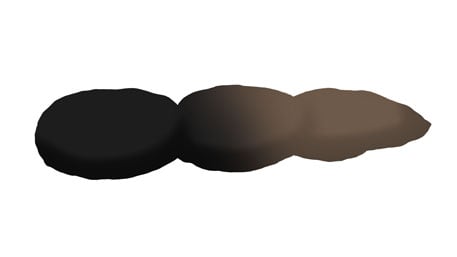
Dog poo that looks red, purple or pinkish could contain fresh (undigested) blood. Fresh blood in dog poo suggests bleeding somewhere in the digestive tract other than the stomach. Infection and inflammation in the digestive system, and even tiny tears or scratches in the lining of the rectum or the anus, can lead to small haemorrhages showing as a dot or swirl of blood at the end of a poo.
Significant bleeds, where a dog seems to pass a puddle of liquid or clotted blood, sometimes resembling jam, are more serious. Any suspected bleeding in your dog’s poo should be checked out as soon as possible – profuse bleeding or blood clots from the digestive tract should be treated as seriously as heavy bleeding from anywhere else on the body.
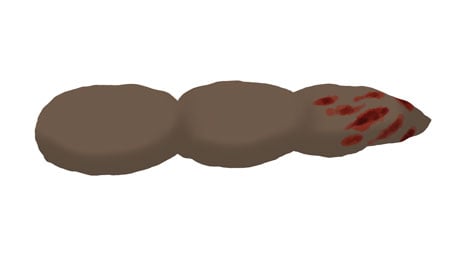
Blue dog poo only occurs when dogs have eaten something containing blue colouring. If your dog has eaten someone’s birthday cake with food colouring, you probably have nothing to worry about. However, rodenticide is often dyed bright blue. If your dog has been out of sight, away from your own garden, there’s a chance they could have had access to rodenticide. Contact your vet as an emergency, even if your dog seems well.
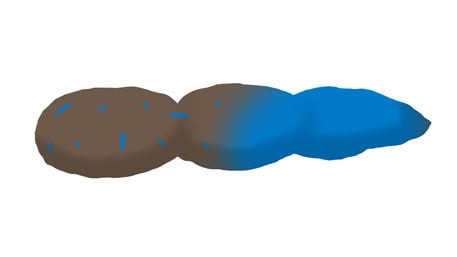
Orange dog poop can be a sign that your dog’s gall bladder isn’t squirting enough bile from the liver into the intestine. Bile is what gives your dog’s poo its usual brownish colour so, if something interferes with bile production or secretion, the poop won’t be as brown as it should be. Reach out to your vet team to get this investigated and remember to take in a sample.
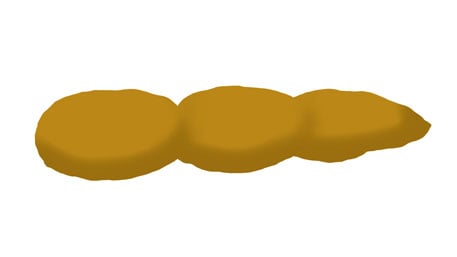
Loose or yellow dog poo sometimes appears because the digested food has moved through the intestines so quickly that bile hasn’t had time to be mixed in properly and turn it brown. This can be a sign that your dog has eaten something that doesn’t agree with them – for instance, a new food, or something to which they have an intolerance. If you know your dog ate something new or unusual, you could try returning to their usual food but if your dog’s yellow poop carries on, take your dog to see their vet, along with a sample.
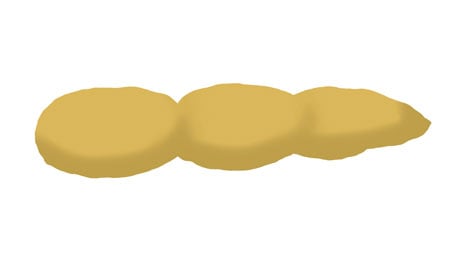
Greasy or grey dog poo suggests that oils and fats could be passing undigested through your dog’s digestive system. The pancreas should secrete enzymes into the intestine, breaking down fats and oils so they can be absorbed by your dog's stomach. If there’s a problem with the pancreas, the fats come out in the poop, which might also look runny. If this only happens once, and you know your dog was given some fatty leftovers from a roast perhaps, you can monitor them provided they seem well. If the poop still looks unusual or if your dog seems at all off colour, contact your vet.
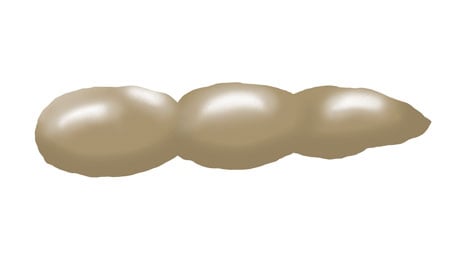
Coatings on dog poop
Normal dog poop shouldn’t contain any ‘added extras’. So, a mucusy or white covering, a hint of blood, visible plant material or hair, or whitish-grey solid bits could suggest a problem.
If the lining of your dog’s intestine becomes inflamed, it may secrete excess mucus. This can seem whitish or clear and it can coat the poop or even appear to be all that your dog passes. Sometimes, it may contain streaks of blood. It may be nothing serious, especially if your dog seems well and if they’ve eaten something unusual. However, if it becomes frequent, is accompanied by loud borborygmi (a rumbling, squeaking tummy), or if your dog seems off-colour, contact your vet.
A dog with severe intestinal inflammation may poop out some of their intestinal lining. Puppies and dogs suffering from life-threatening infectious diseases such as parvovirus can lose the lining of their intestine which, if they survive the initial disease, will take weeks to re-grow and recover. The sloughed-off intestinal lining looks like white, pink or greyish lumpy jelly in and around the poop, which is often loose. Collect a sample and phone your vet for advice immediately, especially if your dog is unwell or unvaccinated.
Don’t take your dog or puppy to the clinic if they could have been exposed to parvo, until you’ve been given an appointment time, as the clinic will need to make some preparations.
Is my dog's poop too hard or too soft?
While you can describe the consistency of dog poop to your vet, there is a standard scale for measuring it and this can be used when investigating or monitoring a dog who has a digestive upset.
It could be as simple as a sudden change of diet, a stressful situation, or even hot weather. Sometimes, a dog appears to be constipated and straining when, in fact, they have intestinal inflammation and feel the urge to poop constantly. If you can’t immediately explain a change in your dog or puppy’s digestion, or if it lasts for more than 48 hours in a healthy adult dog or eight hours in a puppy, contact your vet team for advice.
The Bristol Stool Scale is often used to provide a standardised way of monitoring faecal consistency.
- Type 1: Separate hard lumps, like nuts (hard to pass)
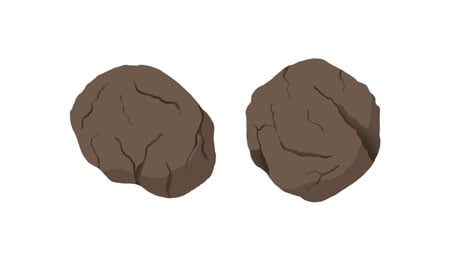
- Type 2: Sausage-shaped but lumpy
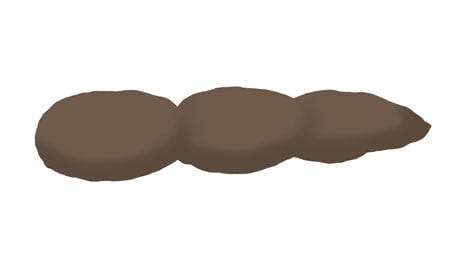
- Type 3: Like a sausage but with cracks on its surface
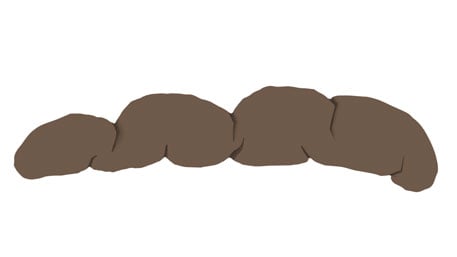
- Type 4: Like a sausage or snake, smooth and soft
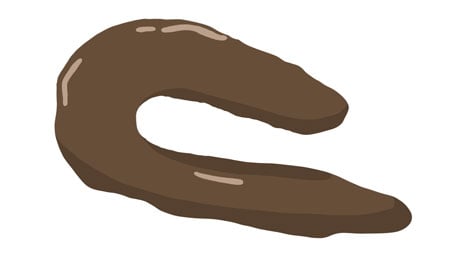
- Type 5: Soft blobs with clear-cut edges (passed easily)
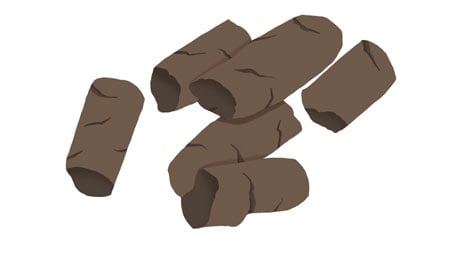
- Type 6: Fluffy pieces with ragged edges, a mushy stool
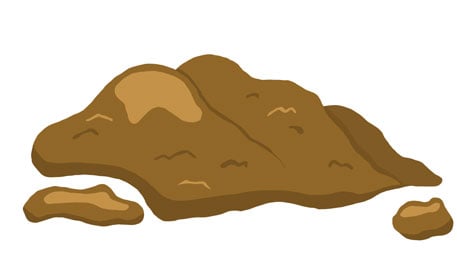
- Type 7: Watery, no solid pieces, entirely liquid
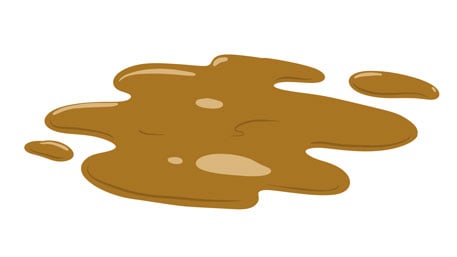
By becoming familiar with your dog or puppy’s poop, you’ll be able to spot potential problems early. You know your dog better than anyone, so get into the habit of monitoring their daily offerings.
If you notice something that concerns you, make an appointment with your dog’s vet and collect samples of the poop to show them when you get there. You won’t need much – a faecal analysis pot for the lab holds about 20 ml. Use your poo-picking bags to take representative pinches from more than one of the unusual poops, if possible, so that your vet can see what’s being produced. If they need to send the poo to the lab, there’s often a better chance of detecting the underlying cause if samples from more than one poop are combined. Finally, remember to wash your hands well after handling poop as some germs and diseases are also infectious to people.
A guide to feeding your dog
The food you provide your dog is fuel for everything they do including growth, development and exercise.
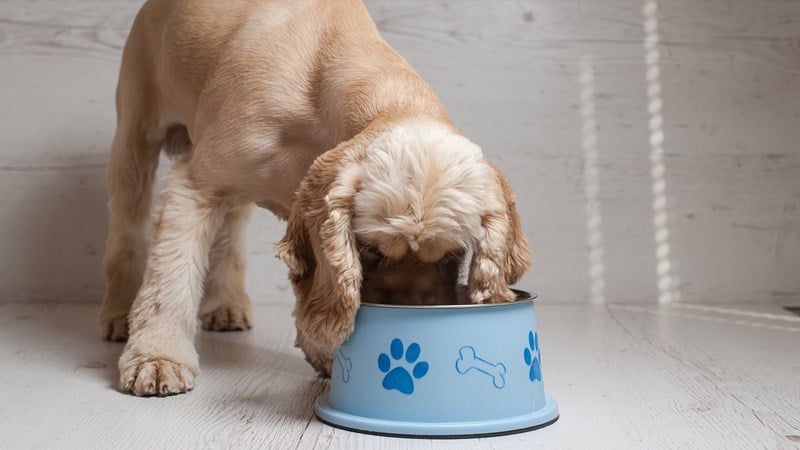
Health Plans to keep your dog healthy
At Vets4Pets we offer a range of Health Plans that make essential routine treatments more affordable. You'll save money on things like annual vaccinations, flea and worm treatment and routine health check-ups.
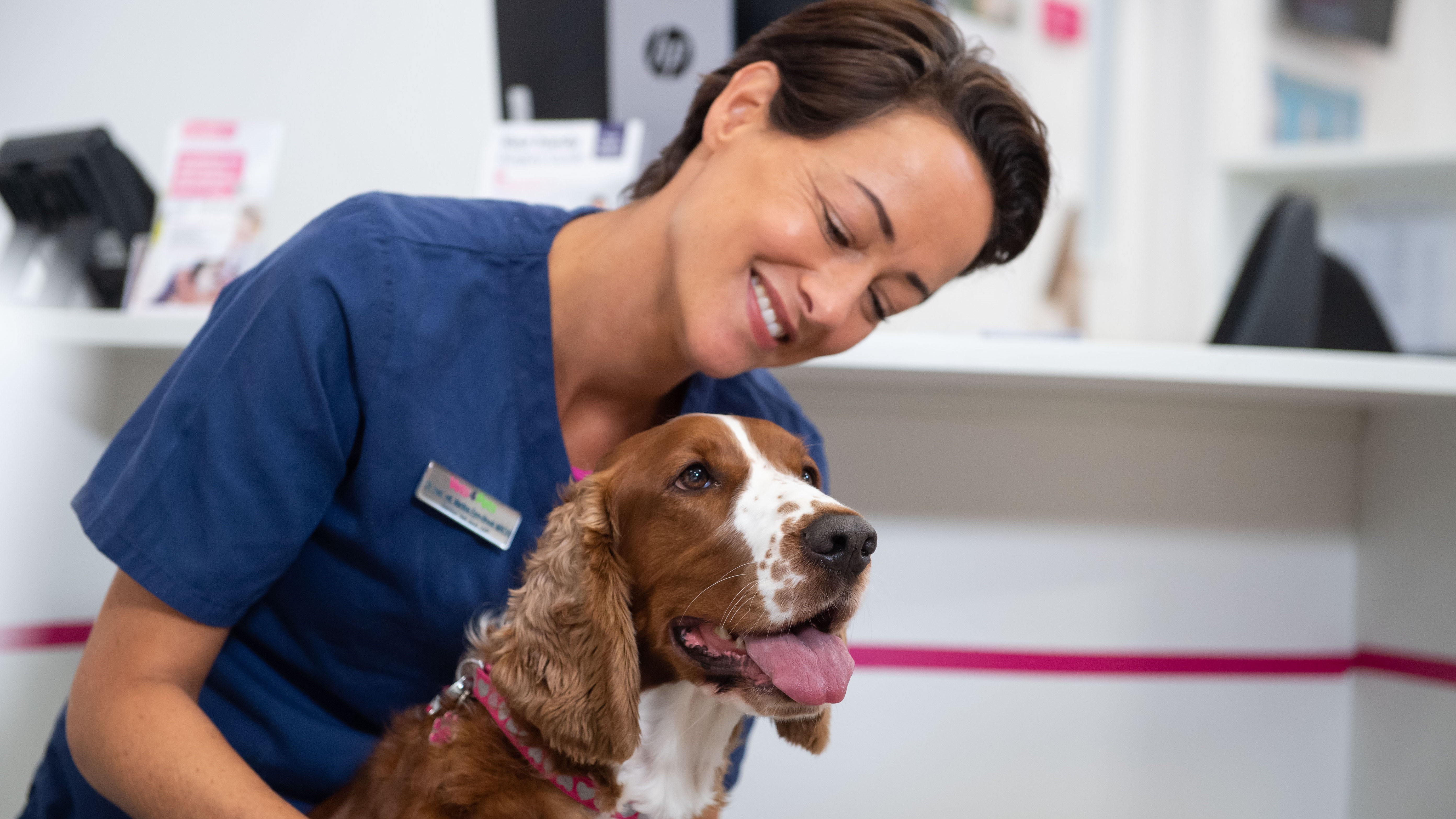
Pet poisons
Many of the things we have around the house can potentially have devastating consequences for our pets.
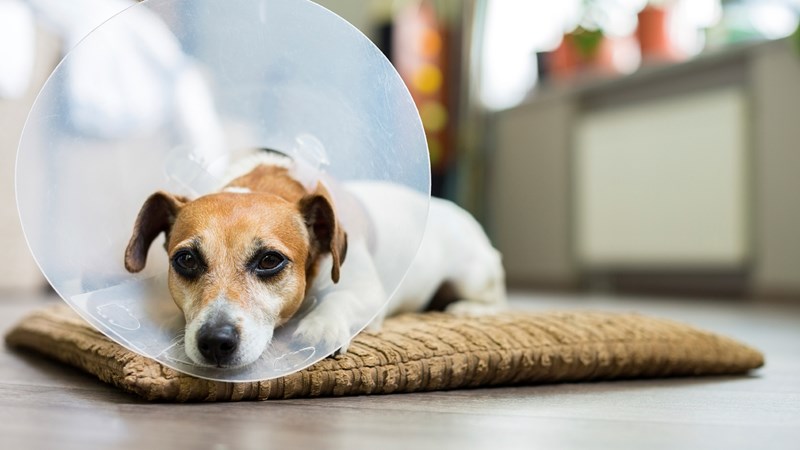
Dog Advice
Read more of our expert dog advice to keep your dog happy and healthy.
